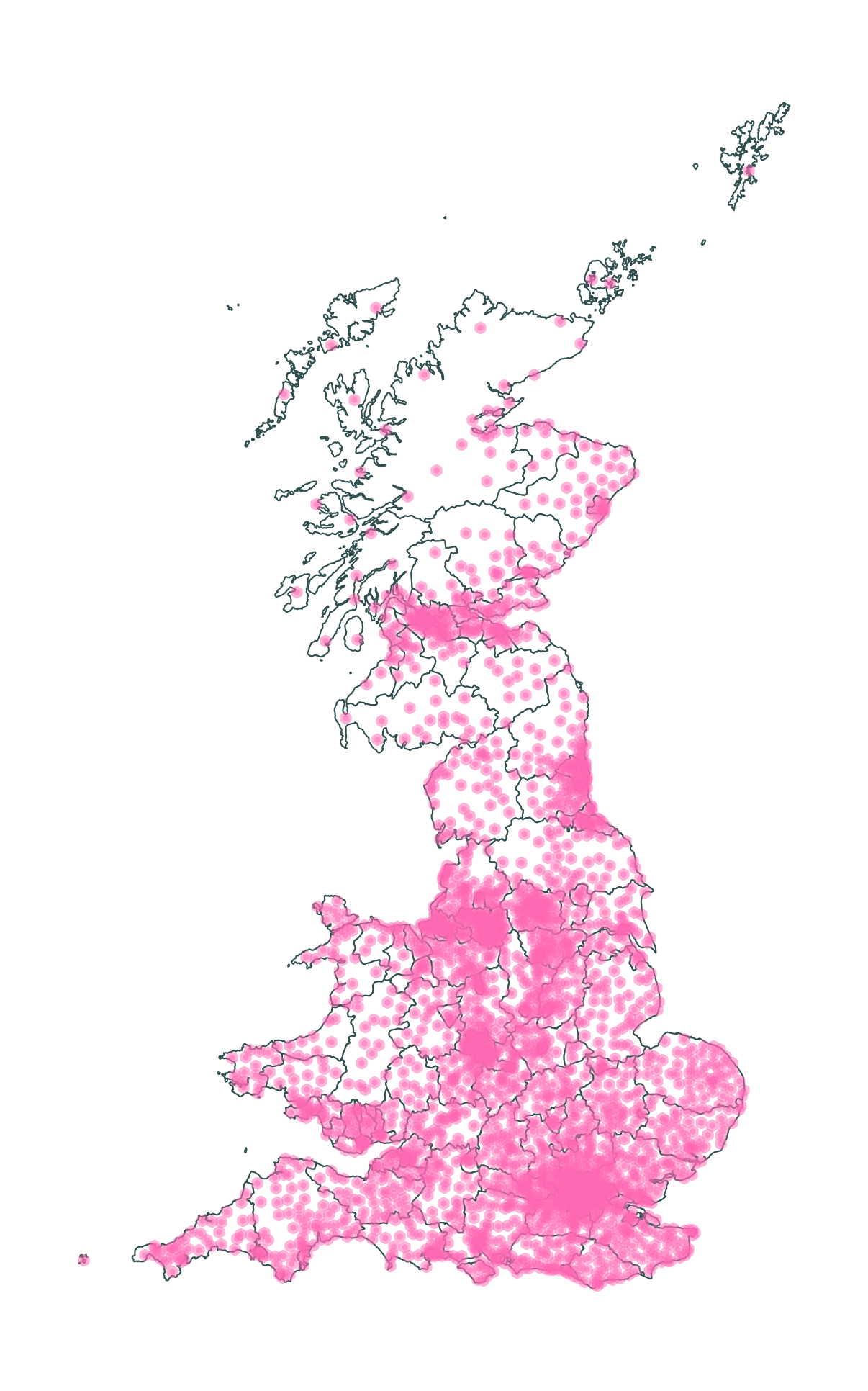Weather Data
 Octopus Watch integrates its own bespoke weather data. This integration offers accurate 7-day forecasts, multi-year historic data, modern algorithms, and great privacy – all at no extra cost.
Octopus Watch integrates its own bespoke weather data. This integration offers accurate 7-day forecasts, multi-year historic data, modern algorithms, and great privacy – all at no extra cost.
Weather History and Forecast
Integrating gas data in the app has long been a challenge, especially since energy usage can vary greatly due to weather. For most of us, electricity usage tends to be more stable throughout the year. With the new weather service, you can see how your energy usage evolved over time while taking into account the weather of the day. While a cold snap may mean you used for example more gas, the app can now apply the weather information and still see if your measures to reduce your usage helped you save or not. That same information can be used to give an estimate of upcoming costs, allowing you to make changes in advance.
Built for Privacy
All your data in Octopus Watch is typically handled locally to guarantee your privacy. If data never leaves your device, the app can never leak data that can be linked back to you. There is one exception. For both Agile rate predictions and Agile rate notifications the app needs to be able to retrieve the rates for the tariff in your area. To guarantee your privacy the app only communicates your GSP to Smarthound’s servers. Even if the servers would try and identify you (they don’t) the only information they would know about you is which one of the 14 GSP areas you are in.
Getting access to historic data is often times both very difficult and very expensive. That’s why a bespoke service was developed by Smarthound. Of course, weather data would be useless without a greater degree of localisation. So how can your privacy be guaranteed with more detailed localisation? To achieve this the entirety of Britain is divided in 2,500 areas. Roughly, each of these areas has a similar amount of people living in that area. Each cluster used by the app is shown below.
More densely populated areas have access to more fine-grained weather data because their privacy can be better guaranteed. Typical global models have a resolution of 11km, which is the same size as each dot on the map. In more populated areas the new weather service has a resolution as fine as 1km. For areas which aren’t pink – which means that the weather data is somewhat inaccurate – the app uses its own weather models that are run on your device to improve the generic weather data.
How do I get assigned a cluster?
The app assigns you a cluster based on only a part of your postcode. This is the only time when the app communicates more location-specific information to Smarthound’s servers. Specifically, the app sends your postcode group or sector (e.g. W1D 1N, W1D 1) to retrieve the cluster. A typical postcode group has an average population of about 500 people, while a typical postcode sector has a population of about 7,000 people. Access to this endpoint is solely logged to prevent abuse and to detect any new groups/sectors as they are introduced throughout Britain. in this way your privacy is once again guaranteed by design.
Modern Algorithms
Ever noticed how different websites give you different times for when the sun rises and sets? This is just one of the quirks of weather data. Calculating where the sun is in the sky is a complicated problem because the Earth wobbles and is slightly oblong. Algorithms to identify concepts such as the “equation of time” or “declination” are continuously refined, although many websites continue to use formulas and approximations that are many decades old. Whenever possible, Octopus Watch uses the latest and greatest. For example, to determine the declination of the sun Octopus Watch uses the state-of-the-art PSA algorithm. For the equation of time, the app relies on the full calculation instead of an approximation.
Just for You
You read it at the start and just to confirm: all of these features come at no extra cost to you. To achieve this Smarthound has run various weather models to collect a rich set of historical data, and relies on a Britain-only approach to keep both data storage and new data acquisition costs as low as possible.
Data Attribution
Running the Octopus Watch weather service simply wouldn’t be possible without the availability of many, many data sources. Below are the legal links to all used data.
Services
Weather Models
National Weather Service/National Oceanic and Atmospheric Administration (NOAA)
Environment and Climate Change Canada
The Met Office/European Centre for Medium-range Weather Forecasts (ECMWF)
Weather Station Data
National Weather Service/National Oceanic and Atmospheric Administration (NOAA)
Radar
National Weather Service/National Oceanic and Atmospheric Administration (NOAA)
